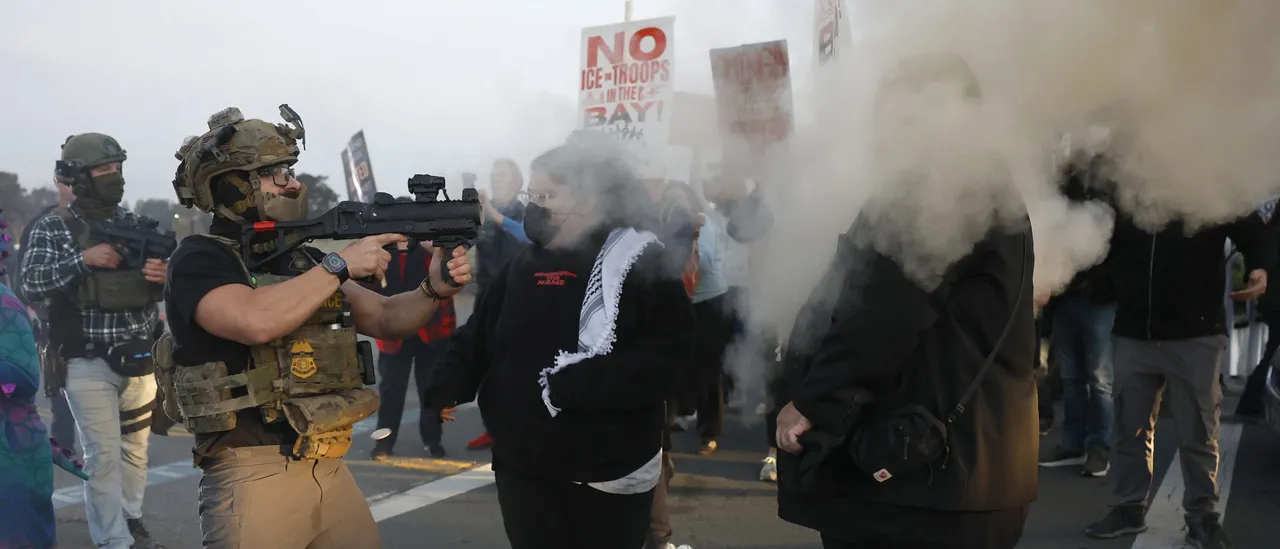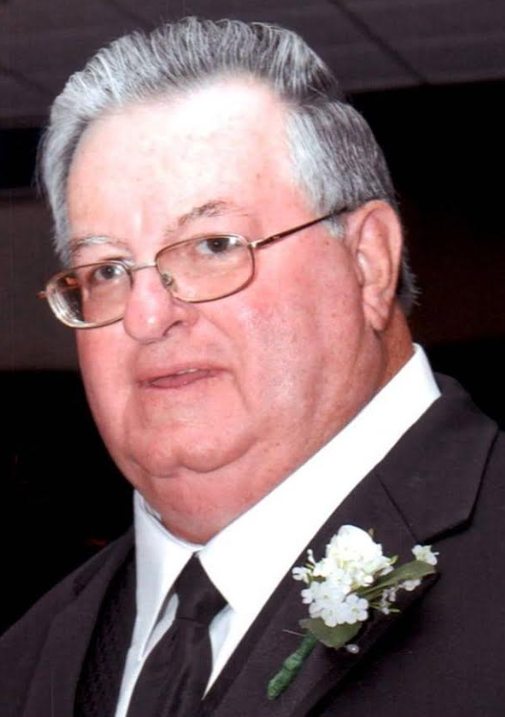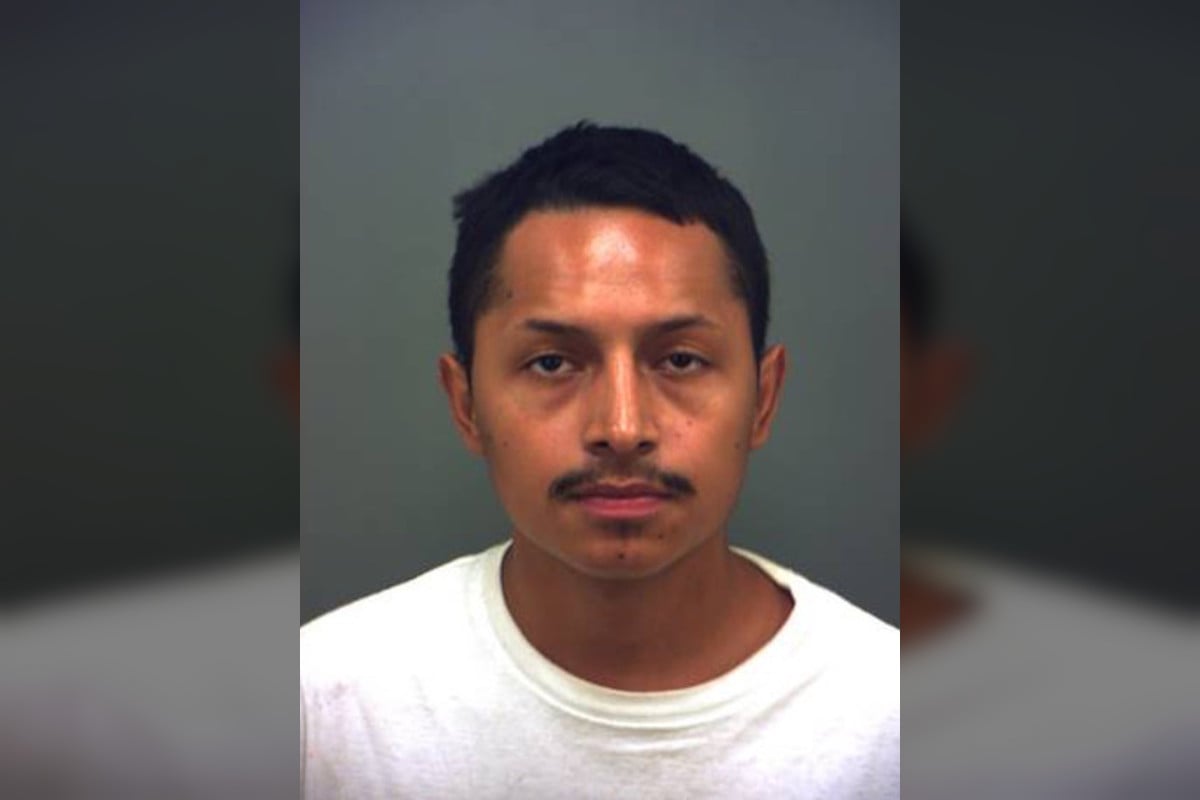URGENT UPDATE: The American Civil Liberties Union (ACLU) is challenging the use of tear gas against protesters in a court case that escalated on October 24, 2025, in Chicago, Illinois. Lawyers claim that the deployment of crowd control gas was unjustified, despite reports of demonstrators allegedly throwing rocks and fireworks at law enforcement.
Protesters gathered early Thursday morning, blocking immigration agents’ path and escalating tensions, prompting a response from the Department of Homeland Security (DHS). In a statement released on X, the DHS confirmed that “chemical munitions” were employed to disperse the crowd after demonstrators began hurling hard objects at federal agents.
The ACLU, alongside other legal groups, filed a motion arguing that law enforcement acted “without justification” and violated a court order prohibiting such measures against demonstrators. This order, established on October 17, allows for exceptions only when agents’ safety is in jeopardy. The legal teams emphasized the urgency of the matter, stating, “[We] wanted to bring it to the Court’s attention as soon as possible given the flagrancy of the apparent violation.”
In their lawsuit, filed on October 6, protesters, journalists, and media organizations accused federal officials of infringing upon First Amendment rights during anti-deportation demonstrations. They allege a pattern of excessive force aimed at silencing dissenting voices.
According to the DHS, the confrontation escalated when a truck boxed in agents, who were then reportedly shot at with commercial artillery shell fireworks. The agency asserted that a Border Patrol official was struck in the head by one of the projectiles. Despite continued warnings to disperse, demonstrators advanced towards agents, prompting the deployment of tear gas.
The DHS defended their actions, stating, “Agents properly used their training,” and insisted that the use of chemical munitions was in accordance with protocol to ensure safety for both law enforcement and the public.
The tension surrounding the incident reflects broader national debates on immigration enforcement and protest rights. As this case unfolds, all eyes are on U.S. District Judge Sara Ellis, who may take decisive action regarding the use of crowd control measures in future protests.
This developing story highlights critical issues of law enforcement practices, civil rights, and the ongoing struggles surrounding immigration policies in the United States. Stay tuned for updates as this situation evolves, and consider sharing this urgent report with others to spread awareness of the unfolding legal battle.







